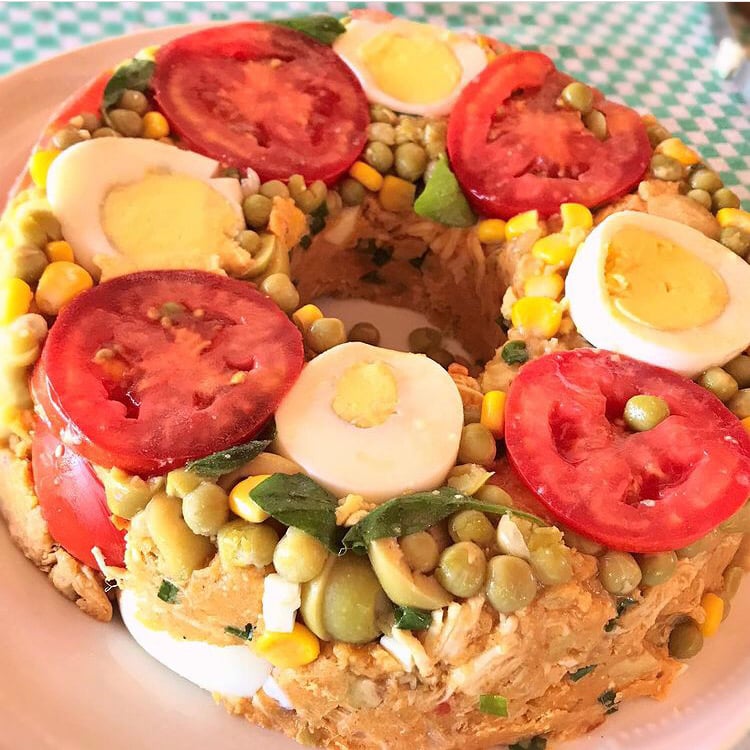Dosa is a popular South Indian dish that has gained popularity worldwide. It is a thin, crispy, and savory crepe made from fermented rice and lentil batter. Dosa is not only a staple breakfast item in South India but also a versatile dish that can be enjoyed at any time of the day. In this article, we will explore the essence of dosa, its key characteristics, and provide you with a classic recipe to recreate this delicious dish at home.
Key Characteristics of Dosa: Dosa is known for its unique texture, which is crispy on the outside and soft on the inside. The batter is made by fermenting a mixture of rice and lentils, which results in a slightly tangy and flavorful crepe. The fermentation process also enhances the nutritional value of dosa by increasing the bioavailability of nutrients. Dosa is typically served with a variety of accompaniments such as sambar (a lentil soup), coconut chutney, and tomato chutney. It can be filled with a range of fillings, including spiced potatoes, paneer (Indian cottage cheese), or mixed vegetables, making it a versatile and satisfying meal.
Classic Dosa Recipe:
Ingredients: For the Dosa Batter:
- 1 cup parboiled rice
- 1/2 cup urad dal (split black lentils)
- 1/4 cup poha (flattened rice)
- 1/2 teaspoon fenugreek seeds
- Water, as needed
- Salt, to taste
For the Filling (Optional):
- 2 cups cooked and mashed potatoes
- 1 tablespoon oil
- 1 teaspoon mustard seeds
- 1 teaspoon urad dal (split black lentils)
- 1 teaspoon chana dal (split chickpeas)
- 1/2 teaspoon turmeric powder
- 1/2 teaspoon red chili powder
- Salt, to taste
- Fresh coriander leaves, chopped
Instructions:
- Wash the rice, urad dal, and fenugreek seeds separately. Soak them in water for at least 4-6 hours or overnight.
- Drain the soaked rice, urad dal, and fenugreek seeds. Grind them together in a blender, adding water gradually, until you get a smooth batter. The consistency should be slightly thicker than pancake batter.
- Transfer the batter to a large bowl and cover it. Allow it to ferment in a warm place for 8-10 hours or overnight. The batter should double in volume and develop a slightly sour aroma.
- If you’re preparing the filling, heat oil in a pan. Add mustard seeds and let them splutter. Add urad dal and chana dal, and sauté until they turn golden brown. Add turmeric powder, red chili powder, and salt. Mix well. Add mashed potatoes and mix until the spices are well incorporated. Garnish with fresh coriander leaves. Set the filling aside.
- Once the batter has fermented, add salt to taste and mix well.
- Heat a non-stick or cast-iron skillet over medium heat. Grease it lightly with oil or ghee (clarified butter).
- Pour a ladleful of batter onto the center of the skillet and spread it in a circular motion to form a thin, even layer. Cook the dosa on medium heat until the edges turn golden brown and the surface becomes crispy.
- If using a filling, place a spoonful of the filling on one side of the dosa and fold it over.
- Serve hot dosas with sambar, coconut chutney, and tomato chutney.
Conclusion: Dosa is a delightful South Indian dish that offers a unique combination of flavors and textures. Whether enjoyed plain or filled with a savory filling, dosa is a versatile and satisfying meal. By following this classic recipe, you can recreate the authentic taste of dosa in your own kitchen. So, gather your ingredients, prepare the batter, and indulge in the crispy, tangy, and flavorful delight of dosa.





